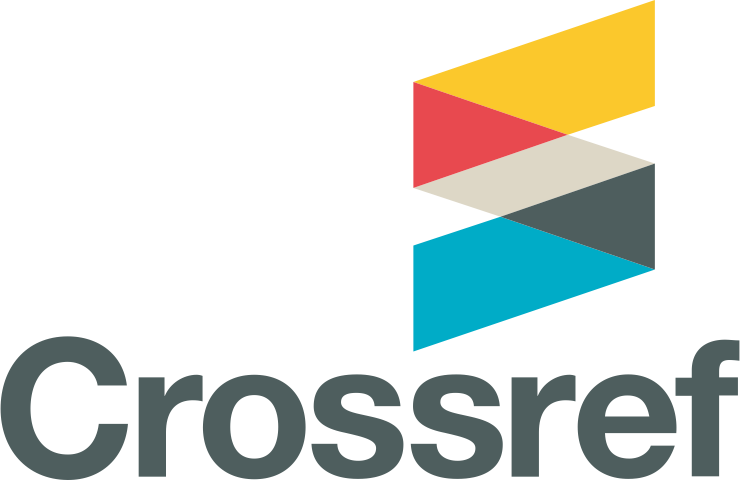About the Journal
Journal of Applied Intelligent System (JAIS) is published by the LPPM Universitas Dian Nuswantoro Semarang , which focuses on research in intelligent systems.
Frequency: 3 issues per year (April, August, December)
Paper Submission Date: Any time
DOI : 10.62411
p-ISSN : 2503-0493
e-ISSN : 2502-9401
Language : English
Author fee (only if article is accepted) : IDR 400.000 or 20 USD
Readers fee : Free (open access)
Journal of Applied Intelligent System is indexed in :
Google Scholar (International Journal Indexing)
Garuda, SINTA (Reaccreditation Process) (Indonesian Journal Indexing)
Topics of interest include, but are not limited to:
Biometric, image processing, computer vision, knowledge discovery in the database, information retrieval, computational intelligence, fuzzy logic, signal processing, speech recognition, speech synthesis, natural language processing, data mining, adaptive game AI, smart city technology and framework.
If you are interested in becoming an author in this journal, then you can start by accessing the Author Guidelines , Publication Ethic, and Privacy Policy. Every journal submission will be done online and requires prospective authors to register and have an account in order to submit manuscripts.








